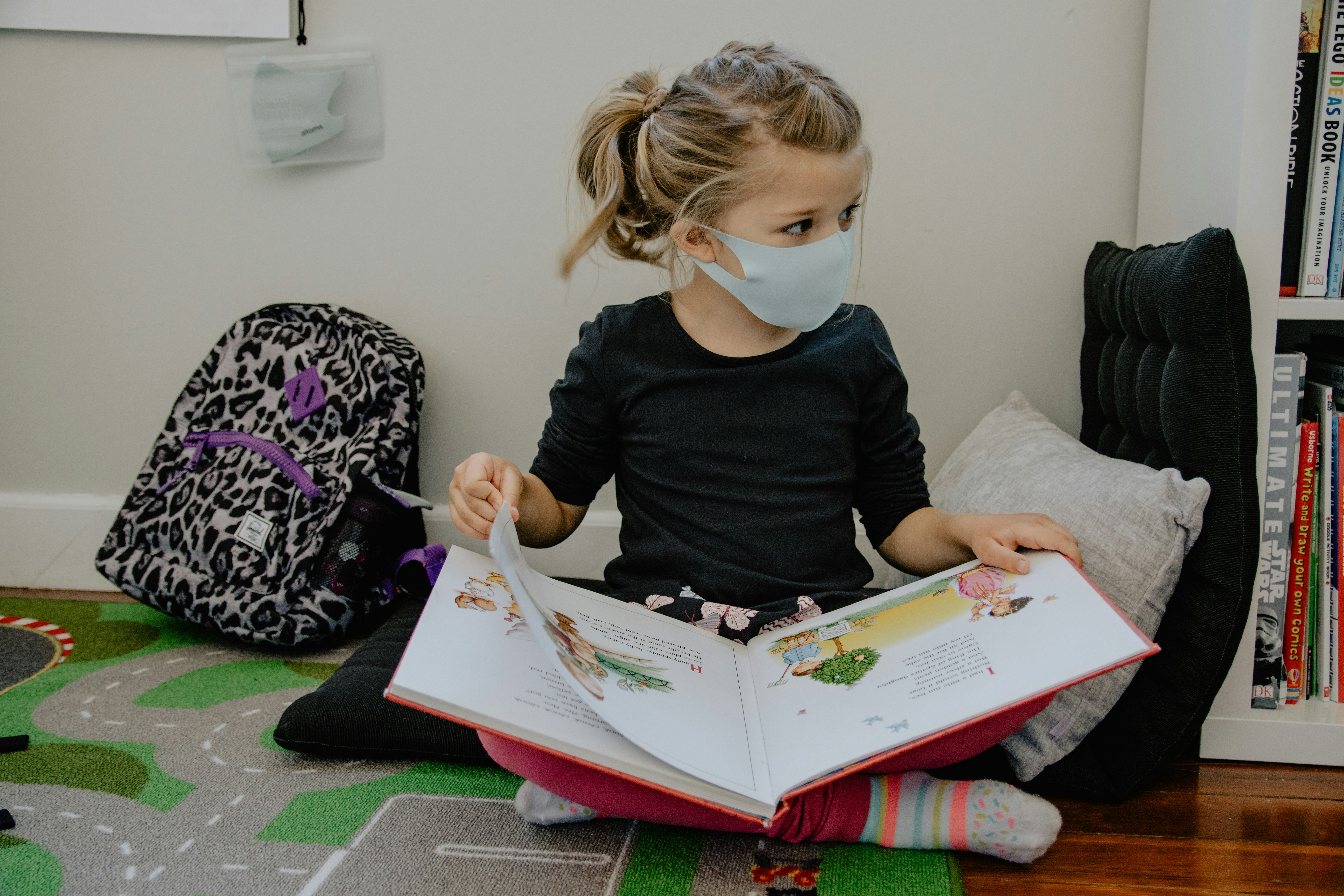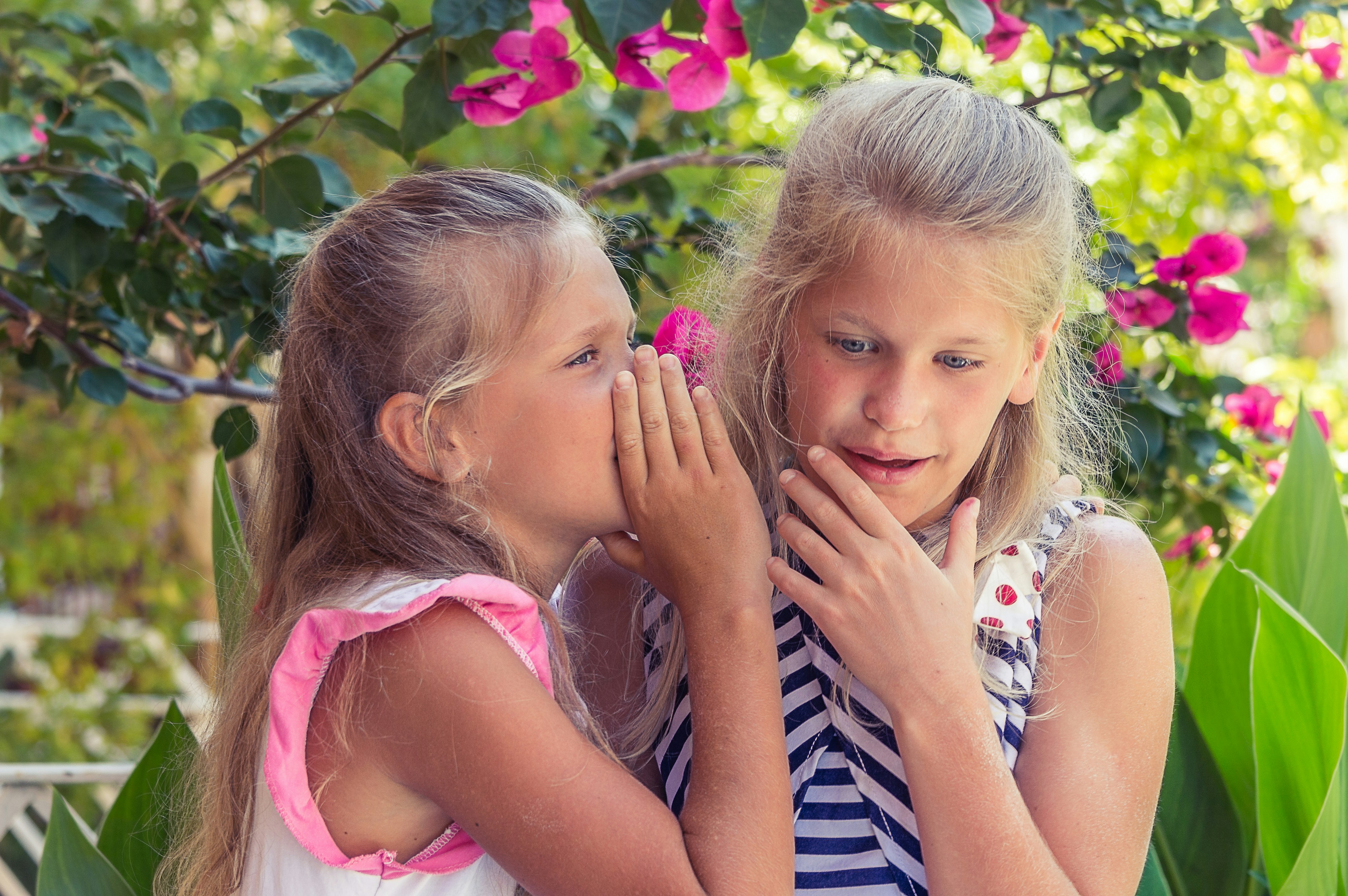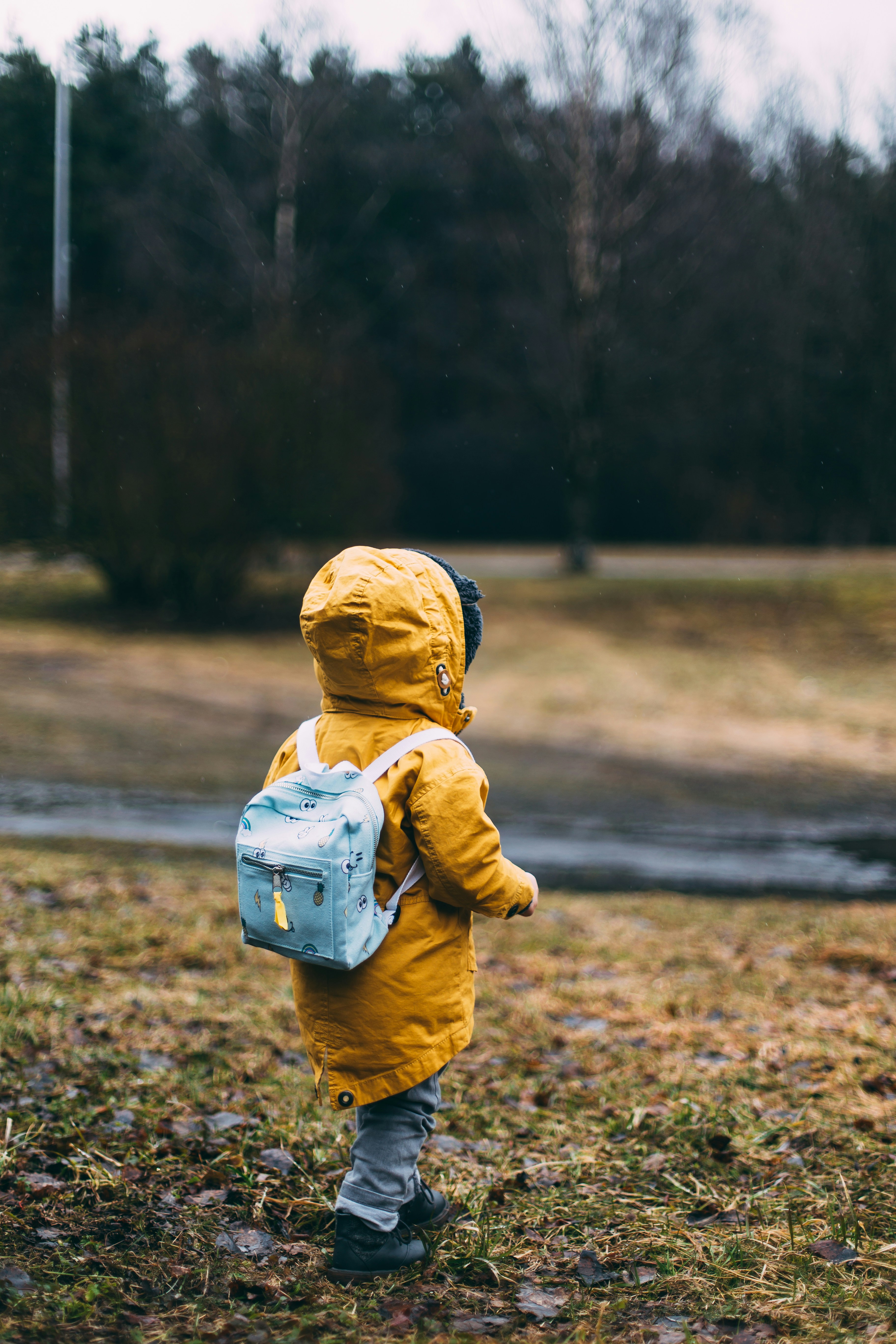Parents, we all know that spending time outdoors as a family is exhilarating and creates lasting memories. However, it is crucial to prioritize the safety of your children during these adventures. In this article, we will explore the 10 best methods to guarantee your child’s safety during outdoor family activities. From ensuring proper sun protection to teaching them about potential hazards, you will gain valuable insights on how to maximize your child’s enjoyment while keeping them secure. So, let’s dive into these essential tips and create a safe and unforgettable outdoor experience with your little ones.
Proper supervision
Always keep an eye on your child
When engaging in outdoor family activities, it is crucial to maintain constant supervision of your child. Children can easily wander off or find themselves in potentially dangerous situations, so it’s important to keep a watchful eye on them at all times. This means actively participating in their play and being present in the moment. By doing so, you can quickly identify any potential risks or hazards and take immediate action to prevent accidents.
Assign additional adults to help supervise
Sometimes, one pair of eyes simply isn’t enough to ensure the safety of a child. When planning outdoor family activities, consider enlisting the help of additional adults, such as other family members or friends, to assist with supervision. Having more adults present not only increases the likelihood of spotting potential dangers but also allows for a more enjoyable and stress-free experience for everyone involved. Remember, the more eyes watching out for your child, the better.
Establish clear rules and boundaries
Setting clear rules and boundaries is essential for protecting your child during outdoor activities. Communicate with your child beforehand about what is expected of them and what behaviors are not permitted. Make sure they understand the consequences of breaking the rules and emphasize the importance of following instructions. By establishing these boundaries, you can help prevent accidents and keep your child safe.
Prepare an emergency plan
Create a designated meeting point
In case of an emergency or if your child becomes separated from the group during outdoor activities, it is essential to have a designated meeting point. This meeting point should be easy to find and well-known to all family members. Teach your child about the meeting point and its significance, emphasizing that it is a safe place where they can go if they get lost or need help. Being prepared with a meeting point can alleviate stress and ensure a quick and efficient response in a potential emergency situation.
Teach your child how to use a phone in an emergency
It’s important to equip your child with the knowledge and skills to use a phone in case of an emergency. Teach them how to dial emergency services, such as 911, and when it is appropriate to do so. Role-play various emergency scenarios with your child so they can practice making phone calls calmly and confidently. Additionally, make sure they have your contact information memorized or readily available so they can reach you or another trusted adult if needed.
Inform children about potential hazards and how to respond
Knowledge is power when it comes to keeping your child safe during outdoor activities. Take the time to educate your child about potential hazards they may encounter and how to respond if they come across them. Discuss topics such as crossing the road safely, avoiding strangers, and staying away from dangerous objects or areas. By empowering your child with this information, you are giving them the tools to make informed decisions and take appropriate action when faced with potential risks.
Ensure the area is safe
Check for potential dangers or hazards
Before engaging in any outdoor family activities, thoroughly inspect the area for potential dangers or hazards. Look for sharp objects, broken equipment, or uneven surfaces that could cause trips and falls. Check for any nearby bodies of water and ensure they are properly secured or have barriers in place to prevent accidental drowning. It’s also important to be aware of any potential natural hazards, such as poisonous plants or wildlife, and take necessary precautions to avoid them.
Inspect play areas and equipment
If you’re heading to a playground or planning to use outdoor play equipment, make it a habit to inspect them before allowing your child to use them. Look for signs of wear and tear, loose bolts or screws, and any other potential hazards. Ensure that the equipment is in good condition and properly installed. If you come across any faulty or unsafe equipment, report it to the relevant authorities or consider finding an alternative play area.
Remove any poisonous plants or chemicals
Children are naturally curious, making it crucial to remove any poisonous plants or chemicals from the outdoor area where your child will be playing. Identify and remove any poisonous plants, such as poison ivy or oak, that may cause allergic reactions or skin irritations. Store any chemicals, such as pesticides or cleaning products, in secure and locked areas, ensuring they are out of your child’s reach. Taking these precautions will help prevent accidental poisoning and ensure a safe environment for your child.
Use appropriate protective gear
Provide helmets for biking, skating, and similar activities
When engaging in activities such as biking or skating, it’s essential to provide your child with the appropriate protective gear, especially helmets. Helmets can greatly reduce the risk of head injuries in case of accidents or falls. Ensure that the helmet fits properly and is securely fastened. Teach your child the importance of wearing a helmet and make it a non-negotiable rule whenever they participate in activities that require one.
Use knee and elbow pads as needed
In addition to helmets, knee and elbow pads can provide additional protection during activities that involve a higher risk of falls or collisions. If your child will be rollerblading, skateboarding, or riding a scooter, consider equipping them with knee and elbow pads. These pads can help prevent injuries such as scrapes, bruises, and fractures by cushioning the impact and reducing friction in case of falls.
Ensure life vests are worn near water bodies
If your outdoor family activities involve water bodies, such as lakes or pools, it is crucial to ensure that your child wears a proper-fitting life vest. Life vests provide buoyancy and help keep your child afloat in case of accidental submersion or exhaustion while swimming. Make sure the life vest is appropriately sized for your child and meets safety standards. Encourage your child to wear it at all times when near or in the water, even if they are confident swimmers.
Teach your child about road safety
Explain traffic rules and signs
Road safety is a crucial aspect of outdoor activities, especially when it comes to walking or biking near streets. Take the time to explain traffic rules and signs to your child, emphasizing the importance of obeying them. Teach them how to safely cross the road, using designated crosswalks and waiting for the signal to change. Encourage your child to always be aware of their surroundings and to make eye contact with drivers before crossing.
Practice looking both ways before crossing the road
Before venturing onto the road, teach your child the habit of looking both ways before crossing. This simple action can prevent accidents and ensure their safety. Encourage them to pause, look left and right, and listen for any oncoming vehicles. Instilling this practice from an early age will help them develop a habit of cautious behavior that can potentially save their lives.
Encourage walking or biking on sidewalks
One of the safest places for your child to walk or bike is on the sidewalk. Encourage them to stick to the sidewalk whenever possible, especially if there is heavy traffic or no designated bike lanes. By doing so, you are keeping them away from the direct path of vehicles and reducing the risk of accidents. Teach them to be mindful of pedestrians and to yield when necessary.
Be cautious with water activities
Supervise closely when near pools, lakes, or rivers
Water activities can be a fun and enjoyable part of outdoor family outings, but they also pose potential risks, especially for children. Whenever your child is near pools, lakes, or rivers, it is crucial to provide close supervision. Drowning can occur in just a few moments, so remain attentive and vigilant at all times. Avoid distractions and take turns with other adults to ensure there is always someone watching the children in or near the water.
Teach swimming skills or enroll your child in swimming lessons
One of the best ways to protect your child during water activities is to ensure they have proper swimming skills. Teaching your child to swim from an early age can significantly increase their water safety. Consider enrolling them in swimming lessons taught by certified instructors who can teach them essential skills such as floating, treading water, and basic strokes. These skills can help your child stay afloat and potentially save their life in an emergency situation.
Beware of strong currents or sudden changes in water depth
Before allowing your child to enter the water, it’s important to be aware of any potential hazards. Check for any signs of strong currents or sudden changes in water depth, especially in natural bodies of water such as rivers or oceans. These can pose a significant risk to inexperienced swimmers. It’s also important to be aware of any warnings or advisories related to water conditions. By staying informed, you can make informed decisions and keep your child safe.
Sun protection
Apply sunscreen with a high SPF
Protecting your child’s skin from the harmful effects of the sun is essential during outdoor activities. Apply sunscreen with a high Sun Protection Factor (SPF) to all exposed areas of your child’s skin before heading outside. Choose a broad-spectrum sunscreen that offers protection against both UVA and UVB rays. Remember to reapply sunscreen every two hours, or more frequently if your child has been swimming or sweating.
Have your child wear a hat and sunglasses
In addition to sunscreen, encourage your child to wear a hat and sunglasses when outdoors. Hats provide shade and protect their face, neck, and ears from sunburn. Sunglasses with UV protection can safeguard their eyes from harmful rays. Make wearing a hat and sunglasses a fun and fashionable part of their outdoor attire, and explain the importance of these accessories for their overall sun protection.
Avoid outdoor activities during peak sunlight hours
When planning outdoor family activities, try to avoid scheduling them during the peak sunlight hours, typically between 10 a.m. and 4 p.m. During these hours, the sun’s rays are the strongest, increasing the risk of sunburn and heat-related illnesses. Instead, opt for early morning or late afternoon outings when the sun is less intense. If going outside during peak hours is unavoidable, seek shade whenever possible and take frequent breaks in cool, shaded areas to prevent overexposure to the sun.
Stay hydrated and nourished
Provide ample water and encourage regular hydration
Proper hydration is crucial for your child’s well-being, especially during outdoor activities. Ensure that you provide ample water for your child to drink throughout the day. Encourage them to drink regularly, even if they don’t feel thirsty. Keep a water bottle handy and make it a habit to take water breaks at regular intervals. Staying hydrated helps regulate body temperature, prevent heat exhaustion, and maintain overall health.
Pack healthy snacks and meals for outdoor outings
In addition to maintaining hydration, it’s important to fuel your child’s body with healthy snacks and meals during outdoor activities. Pack a variety of nutritious foods such as fruits, vegetables, whole grains, and protein-rich options like nuts or lean meats. Avoid sugary snacks or processed foods that can lead to energy crashes or discomfort. Providing balanced meals and snacks will not only nourish your child’s body but also ensure they have the energy to fully enjoy the outdoor experience.
Be mindful of food allergies and dietary restrictions
When planning meals and snacks for outdoor activities, it’s crucial to be aware of any food allergies or dietary restrictions that your child may have. Always read labels and ensure that any foods you provide do not contain allergens that could potentially harm your child. If necessary, consider packing separate meals or snacks for your child to ensure they can safely enjoy their food while still participating in the outdoor family activities.
Insect and tick precautions
Use insect repellent when outdoors
Protecting your child from insect bites is important not just for their comfort, but also to prevent diseases such as Lyme disease or West Nile virus. Use insect repellent that is suitable for your child’s age and follow the instructions on the label. Apply the repellent to exposed skin, being cautious around the face and hands. Be sure to reapply as needed, especially if your child is sweating or spending an extended period outdoors.
Cover exposed skin to minimize bites
Whenever possible, dress your child in long-sleeved shirts, long pants, and socks to minimize the amount of exposed skin. This can significantly reduce the chances of insect bites. Opt for light-colored clothing as insects are attracted to dark colors. Tuck pants into socks and shirts into pants to create barriers that prevent insects from crawling onto the skin. While it may be challenging in warmer weather, adopting these practices can help protect your child from insect bites.
Check for ticks after spending time in nature
Ticks can pose a threat to your child’s health, as they are known carriers of diseases such as Lyme disease. After spending time in nature, thoroughly check your child’s body for ticks, paying close attention to areas like the scalp, behind the ears, and in skin folds. If you find a tick, remove it carefully using tweezers and clean the area with soap and water. Monitoring for any potential symptoms of tick-borne illnesses, such as a rash or fever, is also important. Consult a healthcare professional if you have any concerns.
Regularly communicate with your child
Keep an open line of communication
Maintaining a strong and open line of communication with your child is essential for their safety during outdoor family activities. Encourage them to share their thoughts, feelings, and any concerns they may have. Be approachable and receptive, actively listening to their experiences and addressing any worries. This open communication allows you to understand their perspective, respond to their needs, and address any potential risks or issues that may arise.
Encourage your child to express any concerns
Empower your child to voice their concerns and speak up if they notice anything that makes them uncomfortable or unsafe during outdoor activities. Encourage them to trust their instincts and let you know if they feel uncertain or afraid. By fostering an environment where your child feels comfortable expressing their concerns, you can address any potential dangers or risks promptly and effectively.
Teach them how to ask for help when needed
It’s important to teach your child how to ask for help when they need it during outdoor activities. Role-play various scenarios with them, so they understand what actions to take in case they feel unsafe or encounter an emergency situation. Make sure they know who to approach for assistance, whether it’s a trusted adult, a park ranger, or a nearby authority figure. Teaching them how to ask for help equips them with valuable skills and increases their confidence in navigating potential dangers.
By following these ten best ways to ensure your child’s safety during outdoor family activities, you can create a secure and enjoyable environment for your child to explore and learn. Remember, prioritizing their safety is a shared responsibility among all family members and adults present. With proper supervision, preparation, and a clear understanding of potential hazards, you can create lasting memories while keeping your child safe.




